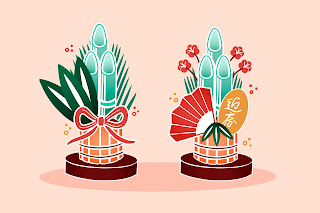~ばかり(Bakari) - Japanese Grammar
~ばかり(Bakari) - Japanese Grammar "Want to learn ~ばかり(Bakari) grammar in an entertaining and effective way? Click this link to watch the video!" Bakari_KisenAcademy or paste it in the url tab ⇩ <https://youtu.be/cEj5ZBMUCxI> If you have watch the above video, you may know what is ~ばかり(Bakari), when to use it and how to make it. So, now we will just review it. Okay, when are we using ~ばかり(Bakari)? We use ~ばかり(Bakari), when we want criticize an action that he only doing. For an example, the child is always using the phone and he'she doesn't doing his schoolwork. The only thing, he is doing is using the phone. So, his/her mother gets angry because of that. In that instance, the mother can use ~ばかり(Bakari). How can we use bakari in a sentence? We can use ~ばかり(Bakari) with a noun as well as with a verb in a sentence. In the video, I have shown how to form it. With a noun, we use bakari normally. That mean, we don't wa...










